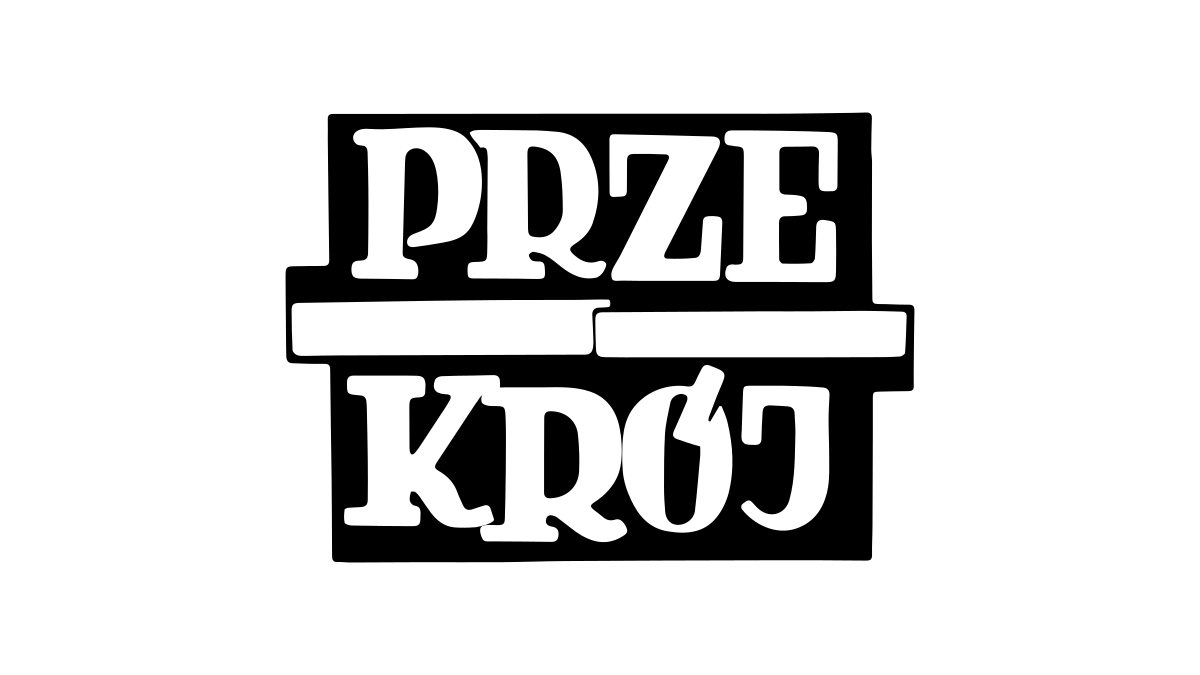
Can dance be a tool in the fight against racism? Yes – if it is the Māori haka. The haka is about respect: respect for the Māori people, respect for oneself. You cannot dance it poorly.
It is a spiritual answer to what has happened. The haka is danced in the whole country, everywhere the message remains the same. “We will be taking a stand against hatred, showing love and compassion for our Muslim community,” said Donna Hall from the Māori Council in a BBC interview in spring 2019, following the mosque attacks in Christchurch, New Zealand. The shooting carried out by white supremacist Brenton Tarrant claimed the lives of 51 people, with 40 people injured. Prime Minister Jacinda Ardern said that it was one of the darkest moments in the history of New Zealand. Christchurch residents came to the place of the tragedy to show respect and compassion to the victims by dancing the haka. In other cities, the same event took place. Everyone was dancing: pupils, students, even motorbike gangs, and regular people.
The haka is a Māori dance which – according to one definition – is performed using the whole body. Hands, feet, legs, body, voice, tongue and eyes are used to show mobilization in the face of a challenge, to show welcome, elation, objection or contempt. The haka is a message from the soul expressed through words and posture.
Once the haka was mainly a war dance, the aim of which was first of all to frighten the enemy, and second, to lift morale; warriors believed








